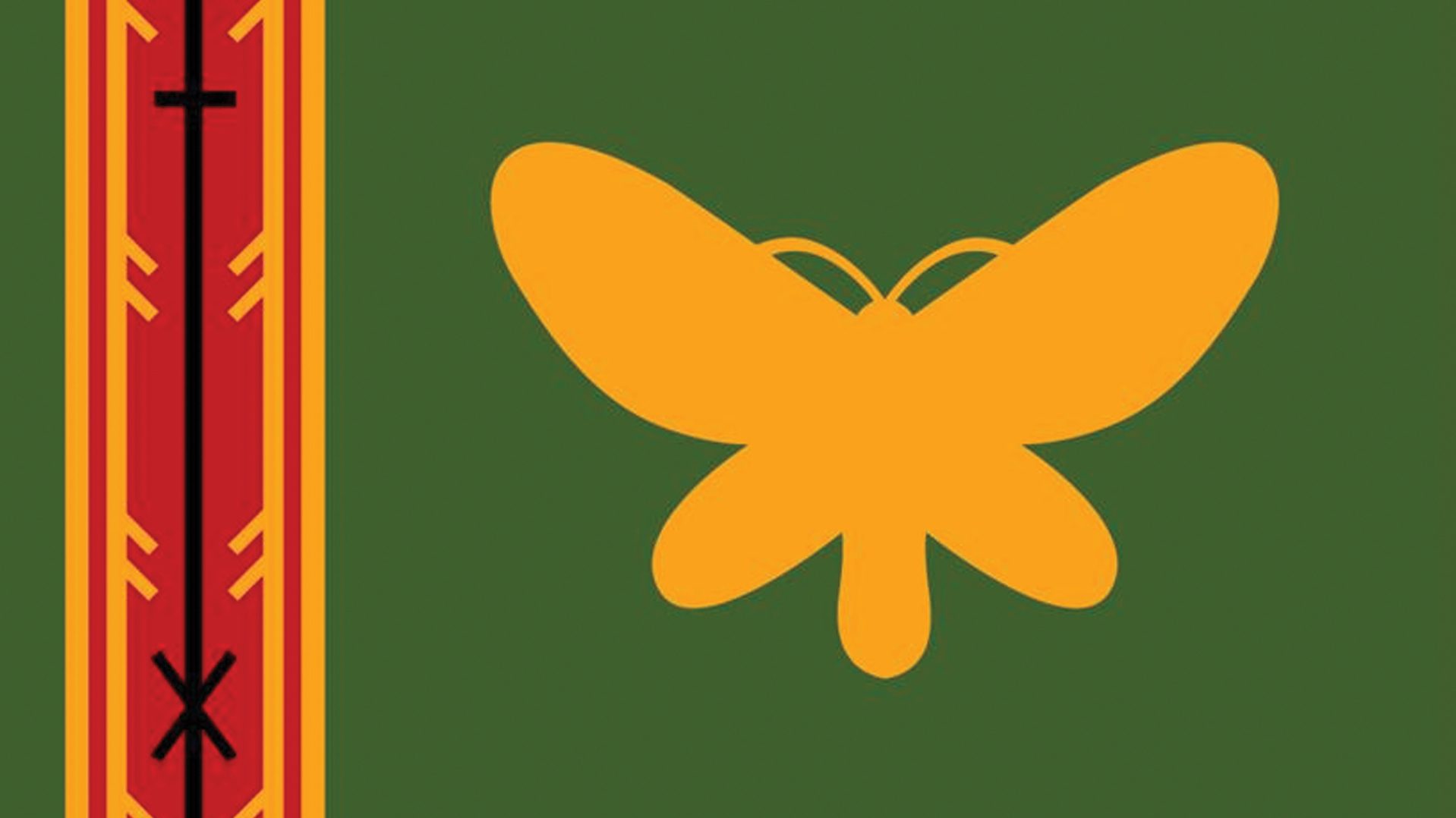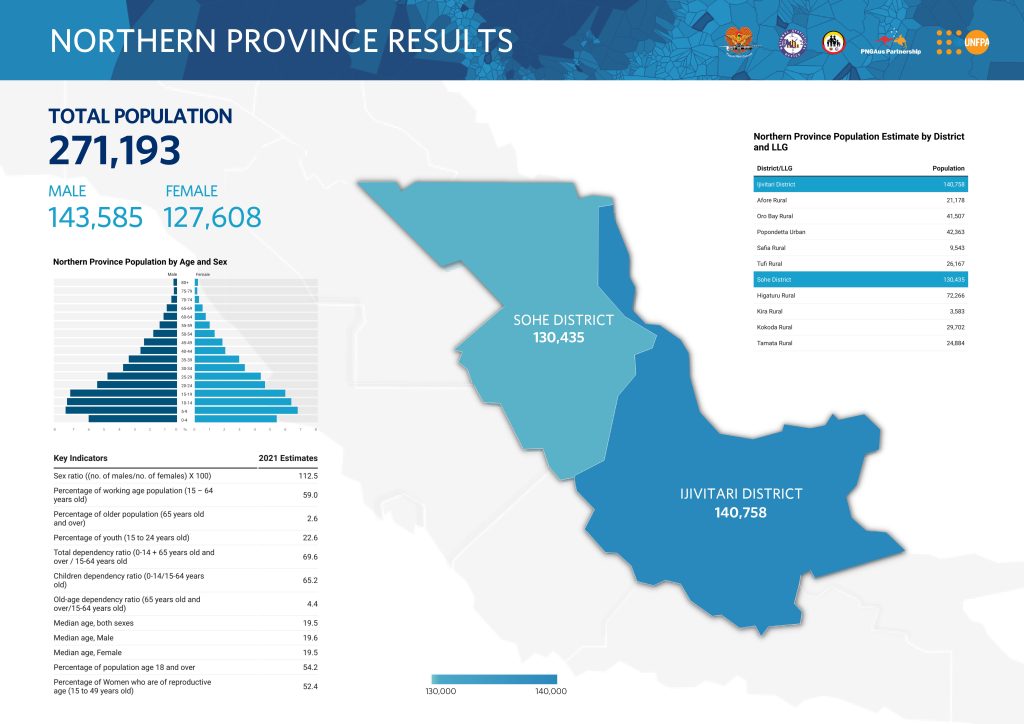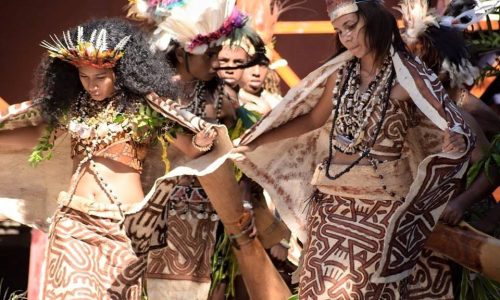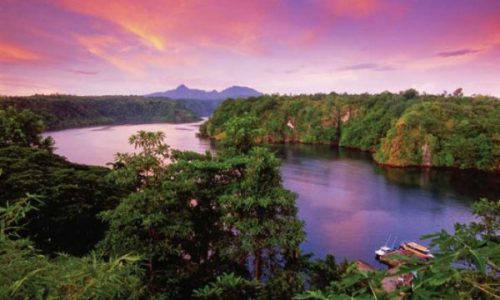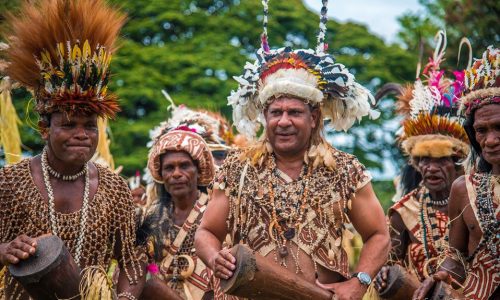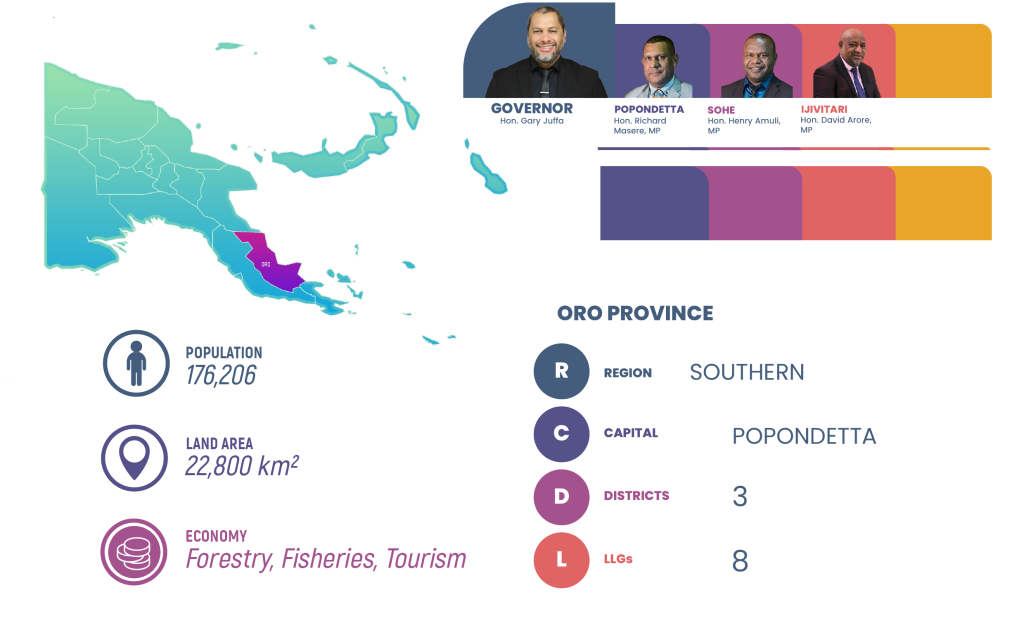
OUR PROVINCE
Oro Province, one of the least populated provinces in Papua New Guinea, covers an area of 22,800 square kilometres and boasts diverse geography, including mountains, lowlands, and coastal regions. This geographical diversity presents unique opportunities and challenges for development. The high mountains offer potential for agriculture, forestry, and hydroelectric power, while the lowlands are suitable for farming and livestock. The coastal areas have prospects for fishing, aquaculture, and tourism. However, natural disasters, remoteness, difficult terrains, law and order issues, and inadequate transportation infrastructure increase the cost of delivering goods and services.
To overcome these challenges, investments and initiatives are necessary. Infrastructure development, such as road networks, bridges, and ports, is crucial to improve connectivity within the province and with the rest of the country. Disaster preparedness measures can help mitigate the impact of natural disasters. Enhancing law enforcement and security is important to ensure a safe and stable environment. Additionally, investments in education, healthcare, and vocational training would empower the local population and enhance their skills for economic participation. Collaboration between the government, private sector, and local communities is vital for sustainable and inclusive development, utilizing the province’s geographic advantages and improving the quality of life for its residents.
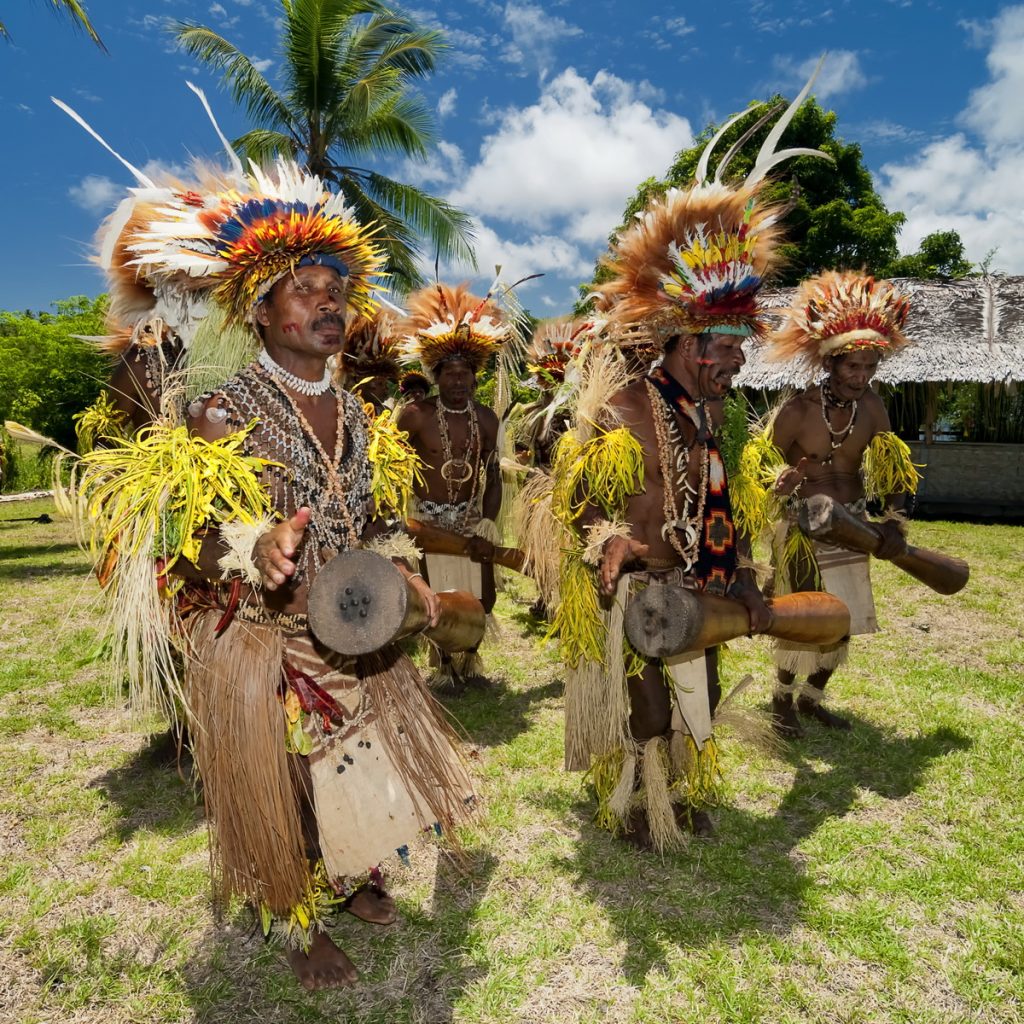
Provincial Government
Oro Province in Papua New Guinea is characterized by its geography, which includes high mountains, lowlands, and coastal areas. Each of these regions presents unique opportunities and challenges for development. The province faces challenges such as natural disasters, remoteness, difficult terrains, law and order issues, and a poor transport network, resulting in high costs for delivering goods and services.
Oro Province has several comparative advantages for economic growth and development. It has potential in various sectors, including agriculture (cocoa, coconut, coffee, rice, rubber, and oil palm), livestock, tourism, fisheries, forestry, hydroelectric power, carbon trading, alluvial mining, and nickel. The province is known for being home to the world’s largest butterfly, “The Queen Alexandria’s Birdwing Butterfly,” and the historical Kokoda Track, which features sites from the Second World War and war relics, as well as the legendary “Fuzzy Wuzzy Angels.”
The Connect PNG’s Southern Coast Corridor Road, which connects Ianu in the Central Province to Musa over the Owen Stanley Range and onwards to Popondetta, is expected to unlock the economic potential along the corridor. The Musa River also holds prospects for hydroelectric power generation.
